Residence Style Shuri-ryu Karate | Teacher(s) Tung Gee Hsing Name Robert Trias | |
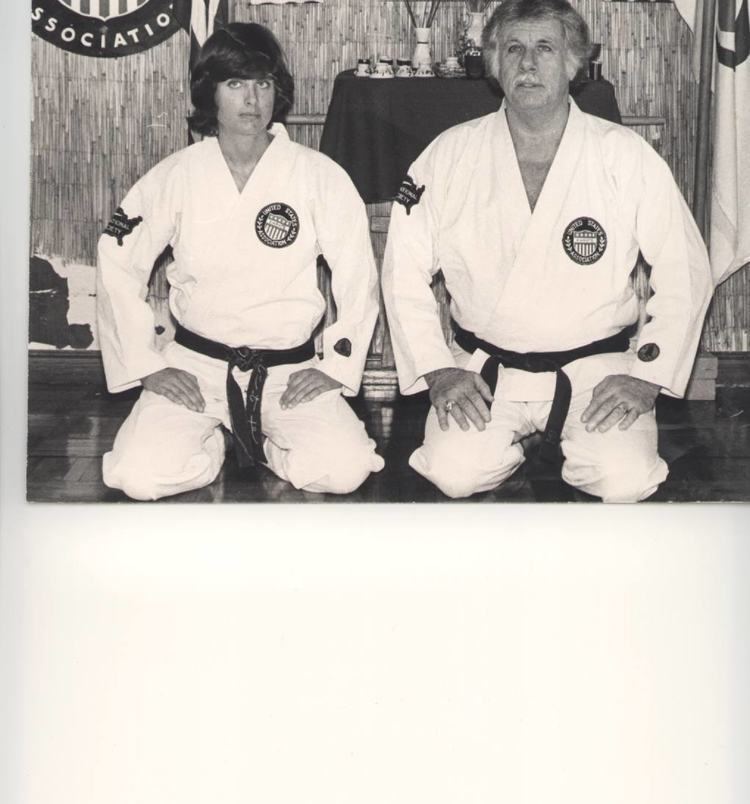 | ||
Rank 10th dan (degree) black belt Died July 11, 1989, Phoenix, Arizona, United States | ||
Hanshi bruce heilman interview part 2 study with robert trias
Robert A. Trias (1923–1989) was a U.S. karate pioneer, founding the first karate school in the mainland United States and becoming one of the first known American black belts. He also developed Shuri-ryū karate, an eclectic style with roots in the Okinawan Shuri-te tradition.
Contents
- Hanshi bruce heilman interview part 2 study with robert trias
- Go Pei Sho
- Life before karate
- Introduction to karate
- Karate in the US
- Career accomplishments
- Published works
- Honors
- Death and legacy
- References
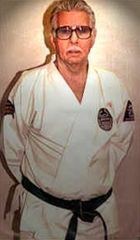
Go Pei Sho
Life before karate
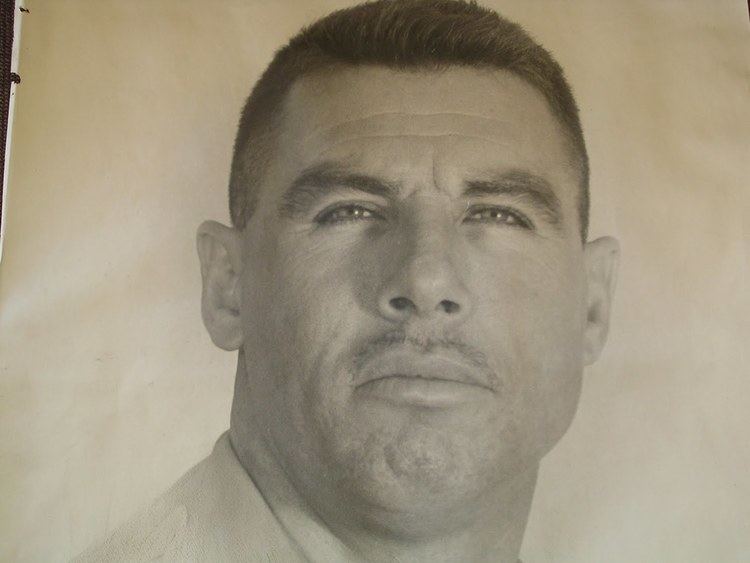
Trias was employed by Southern Pacific Company as a boilermaker apprentice from 1937–39 and a boilermaker from 1939-42.
Introduction to karate
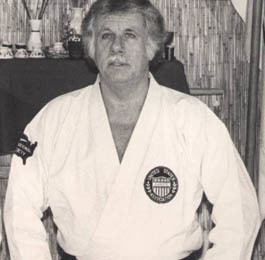
While serving in the United States Naval Reserve as a Metalsmith First Class (M1c) during World War II, Robert Trias was stationed on or around Tulagi in the Solomon Islands from June 1944 to November 1945, and was a Navy champion middleweight boxer. There he met Tung Gee Hsiang, a Chinese missionary of Chan (Zen) Buddhism. Hsiang often watched Trias work out and imitated his boxing footwork, and he asked to practice with Trias. Trias refused because Hsiang was "just a tiny little guy," but Hsiang was persistent and at last Trias agreed to spar with him. Hsiang gave Trias "the biggest thrashing of his life" and Trias then asked Hsiang to instruct him in the martial arts.
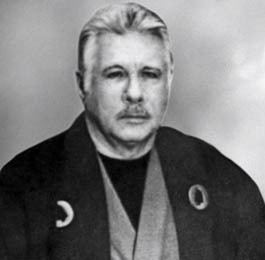
Hsiang taught Trias some xingyiquan as well as some Okinawan Shuri-Te karate, which Hsiang had learned from Choki Motobu in Okinawa. Later, Trias studied with Hoy Yuan Ping whose lineage was from the Teshin Shinjo School of Kempo Jujutsu in Japan. Trias also held a 6th dan black belt in Kodokan Judo, and studied under Yaju Yamada. Trias was also mentored by Yasuhiro Konishi and Makoto Gima.
Karate in the U.S.
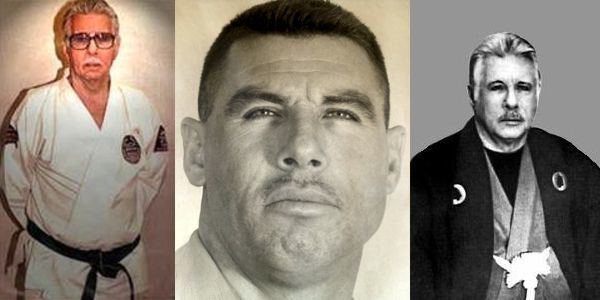
In late 1945, shortly before Trias left the Navy in January of the following year, he began teaching martial arts in his backyard. He later opened the first karate school in the United States mainland in Phoenix, Arizona, in 1946. Trias served as an officer of the Arizona State Highway Patrol from 1946-1961 utilizing his self-defense knowledge on duty and teaching his fellow officers. In 1948 he founded the United States Karate Association (USKA), the first karate organization on the American mainland. Jointly with John Keehan, Trias hosted the first national karate tournament in the United States, called the 1st World Karate Tournament, at the University of Chicago Fieldhouse in 1963 in Chicago, IL. This event was retitled the USKA Nationals in 1966 and the USKA Grand Nationals in 1968. His rules for tournament competition are still used today with only slight variation.
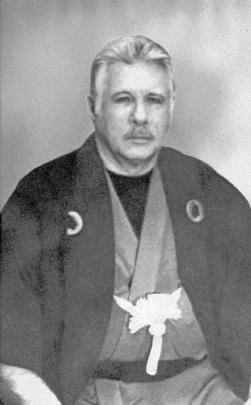
Trias' style was known as Shorei-Goju ryu, Shorei-ryu and Shuri-ryu. Many US organizations claim to trace their roots to him and the USKA, including the United States Karate-Do Kai, Professional Karate Commission, United States Karate Alliance, International Shuri-Ryu Association, and Kondo No Shokai.
Career accomplishments
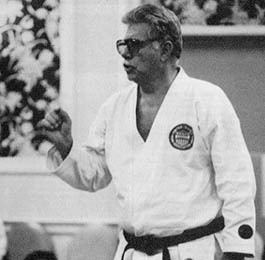
Robert Trias was responsible for the following developments in karate in United States:
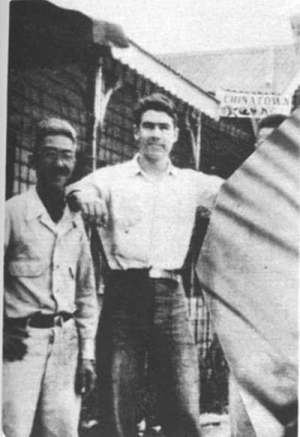
Published works
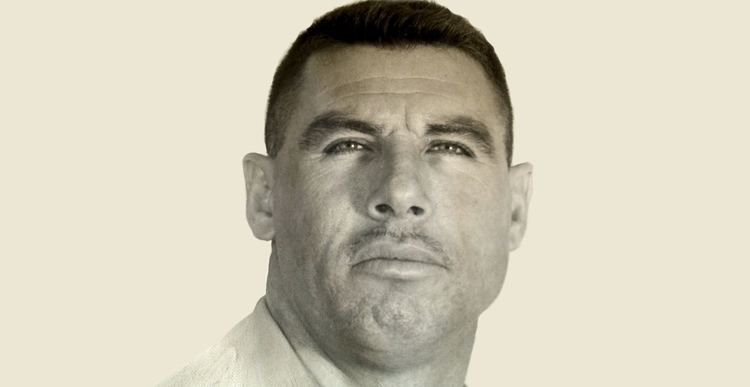
Trias authored Karate is my Life, The Hand is my Sword, The Pinnacle of Karate, The Supreme Way, and Render Yourself Empty.
Honors
Trias was the recipient of the 1989 Black Belt Hall of Fame Honorary Award.
Death and legacy
Trias died of cancer on July 11, 1989, leaving the Shuri-ryu system to his daughter Roberta Trias-Kelley, inheritor and Menkyo Kaiden of Shuri-Ryu. This precipitated a struggle for succession within the USKA. Trias is buried in Section 35, Site 112 of the National Memorial Cemetery of Arizona in Phoenix.
